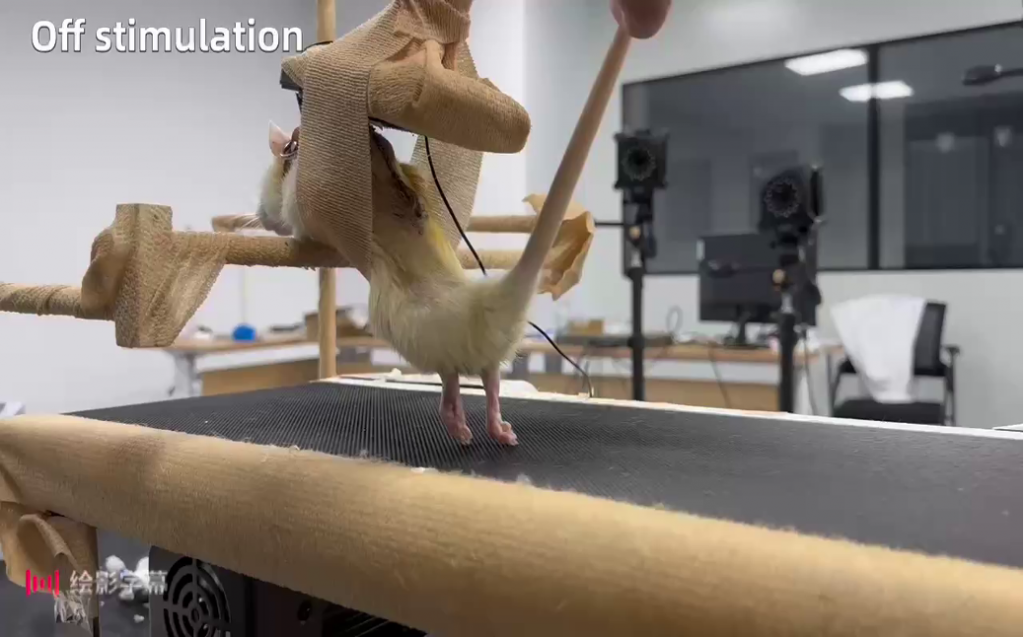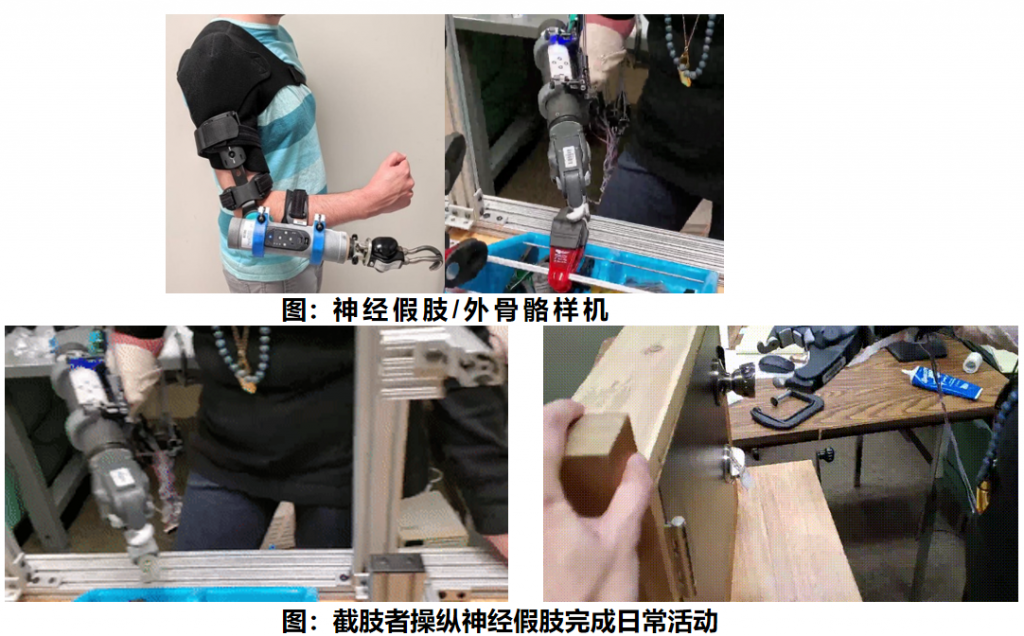1. Artificial Spinal Cord: Paralyzed Mice Move Through the Implantation of Artificial Spinal Cord.
人工脊髓:通过植入人工脊髓实现瘫痪小鼠运动

The study comprised a series of meticulously planned procedures encompassing the following:
- Simulation and modeling of spinal cord dynamics;
- Delicate spinal cord surgeries skillfully performed on rodent models;
- Precise implantation of a suite of electrodes, including both innovative artificial spinal cord electrodes and traditional invasive muscle electrodes;
- Rigorous assessment of the surgical intervention’s success;
- Deployment of a specialized rehabilitation platform designed for rodents with spinal cord injuries;
- Carrying out impedance testing on one flank of the electrode array to confirm functionality;
- Evaluation of electromyographic responses following stimulation of the caudal hindlimbs;
- Operation of the implanted artificial spinal cord to facilitate induced ambulation in the rats.
大鼠实验
1)脊髓造模;2)脊髓手术;3)植入电极包括人工脊髓电极与侵入式肌电电极;4)手术完成效果;5)大鼠脊髓损伤康复平台;6)阻抗测试(仅测试一侧电极);7)刺激后腿部肌电效果;8)人工脊髓驱动大鼠行走

Video: Artificial Spinal Cord Drives Paralyzed Rat to Walk
视频:人造脊髓驱动瘫痪大鼠行走
2.Human-Machine Interaction:Neural Interface Watches as Tools for Motion Intent Recognition
人机交互:佩戴神经接口手表实现运动意图识别

1) Wearable watch product rendering; 2) Watch wearing effect diagram; 3) Wearable watches recognize gesture intentions in real time
1)可穿戴手表产品渲染图;2)手表佩戴效果图;3)可穿戴手表实时识别手势意图
3.Neural prosthetics / exoskeletons: Wearing neural prosthetics / exoskeletons to achieve the rehabilitation of amputees.
神经假肢/外骨骼:佩戴神经假肢/外骨骼实现截肢者康复
